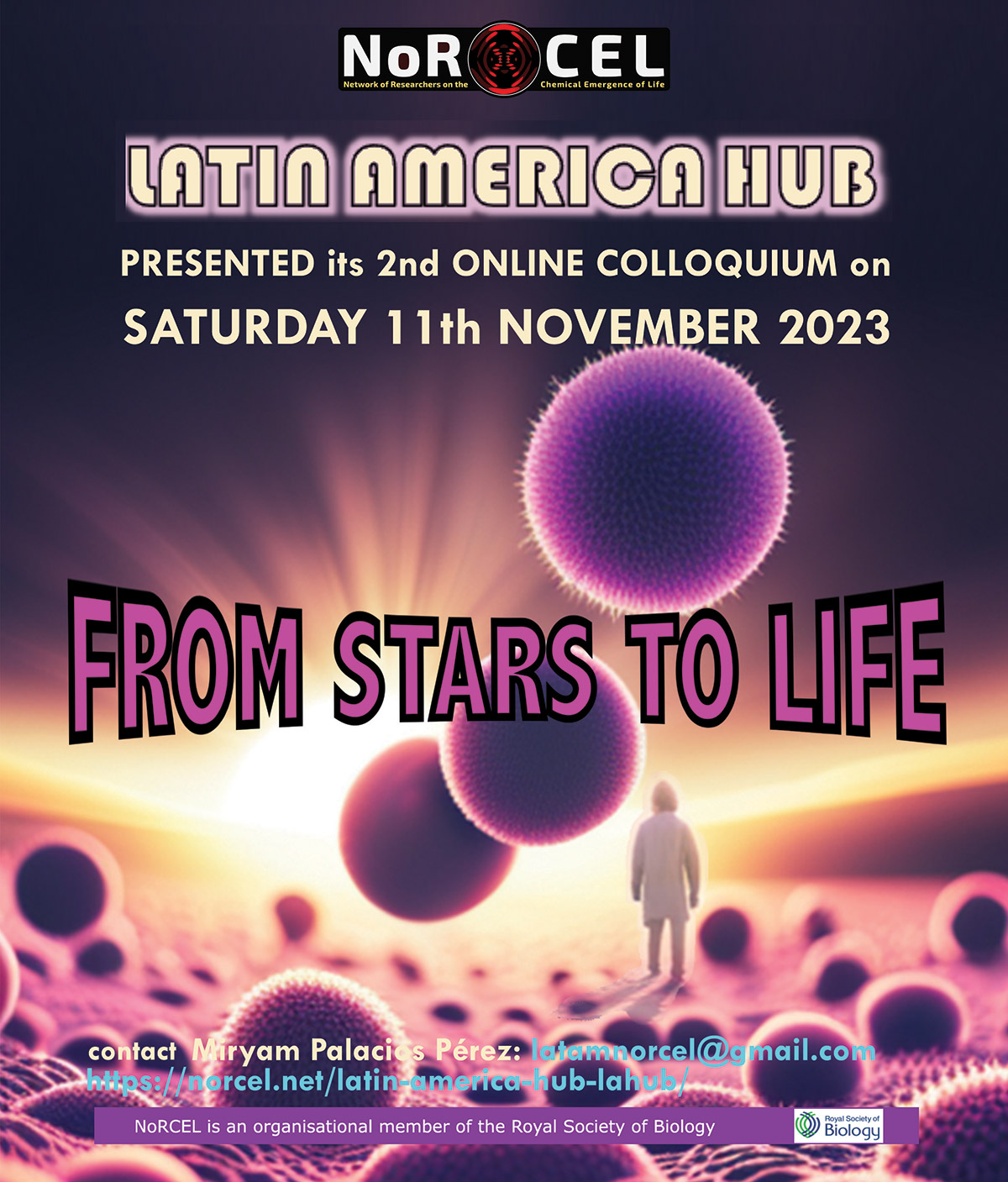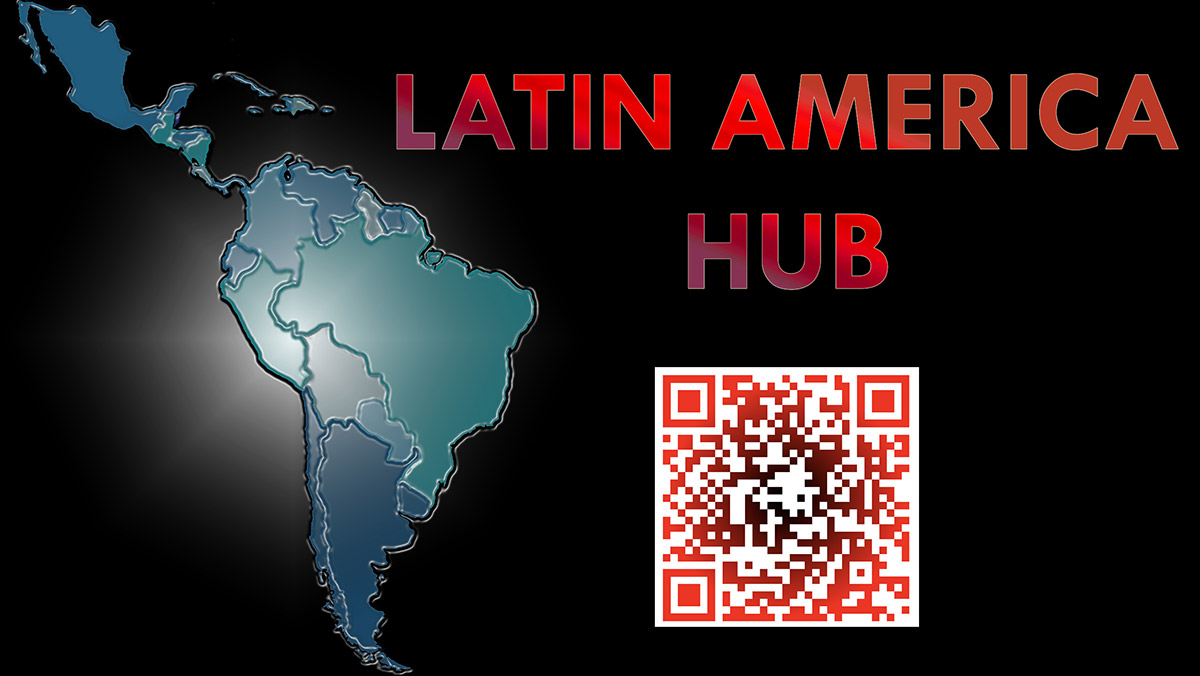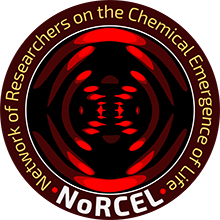
To view the event video presentations CLICK HERE
Like cosmic detectives, astrobiologists explore the cosmic highways, investigating collisions and serendipitous encounters that could have ferried life’s potential elements across the interstellar abyss. With eyes aglow with curiosity, they probe the depths of extreme environments as well as the Earth’s own alien landscapes, sketching the genesis of life, tracing the origins, evolution and potential distribution of living wonders beyond our Earthly cradle. Ultimately seeking insights into what extreme conditions might have nurtured life on distant planets or moons. (Miryam Palacios Pérez)
During NoRCEL’s LatAM HUB 2nd online Colloquium, held on 11/11/2023, five different insights and theories were put forward by eminent scientists from the Americas. The outcome being that some light was shed onto the various possible ways as to how there came to be life…from stars.
Ximena C. Abrevaya: IAFE (CONICET-UBA), Núcleo Argentino de Investigación en Astrobiología
STARS, LIFE, AND PLANETARY HABITABILITY
Rolando Pedro Cárdenas & Osmel Martin: Laboratorio de Ciencia Planetaria; Universidad Central “Marta Abreu” de Las Villas; Santa Clara, Villa Clara, Cuba
ON THE POTENTIAL ORIGIN OF CHEMOAUTOTROPHIC LIFE AND HABITABILITY METRICS DESCRIBING IT
Alejandro Heredia-Barbero: Laboratorio de Evolución Química, Departamento de Química de Radiaciones y Radioquímica, Instituto de Ciencias Nucleares, UNAM, México
GAMMA IRRADIATED GLUTAMIC ACID UNDER A HYDRATION DEHYDRATION PROCESS IN A PREBIOTIC EARTH SCENARIO – A FIRST INFRARED SPECTROSCOPY APPROACH
Patricia Guadalupe Nuñez Pérez: Laboratorio de Astrobiología, Instituto de Astronomía, UNAM en Ensenada, México
THE TARDIGRADES OF BAJA CALIFORNIA AMBASSADORS OF LIFE IN ASTROBIOLOGY
Antígona Segura-Peralta: Instituto de Ciencias Nucleares, UNAM, México,
HABITABLE WORLDS
To see the event abstract brochure CLICK HERE



